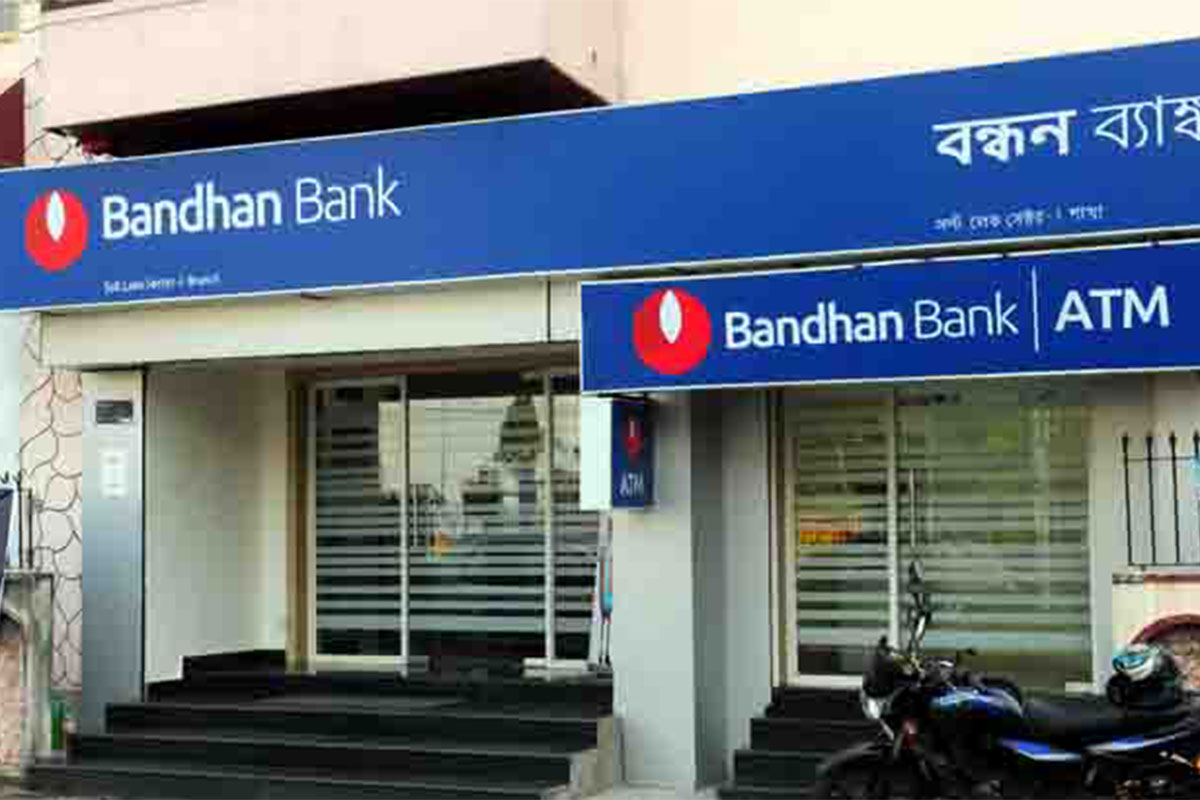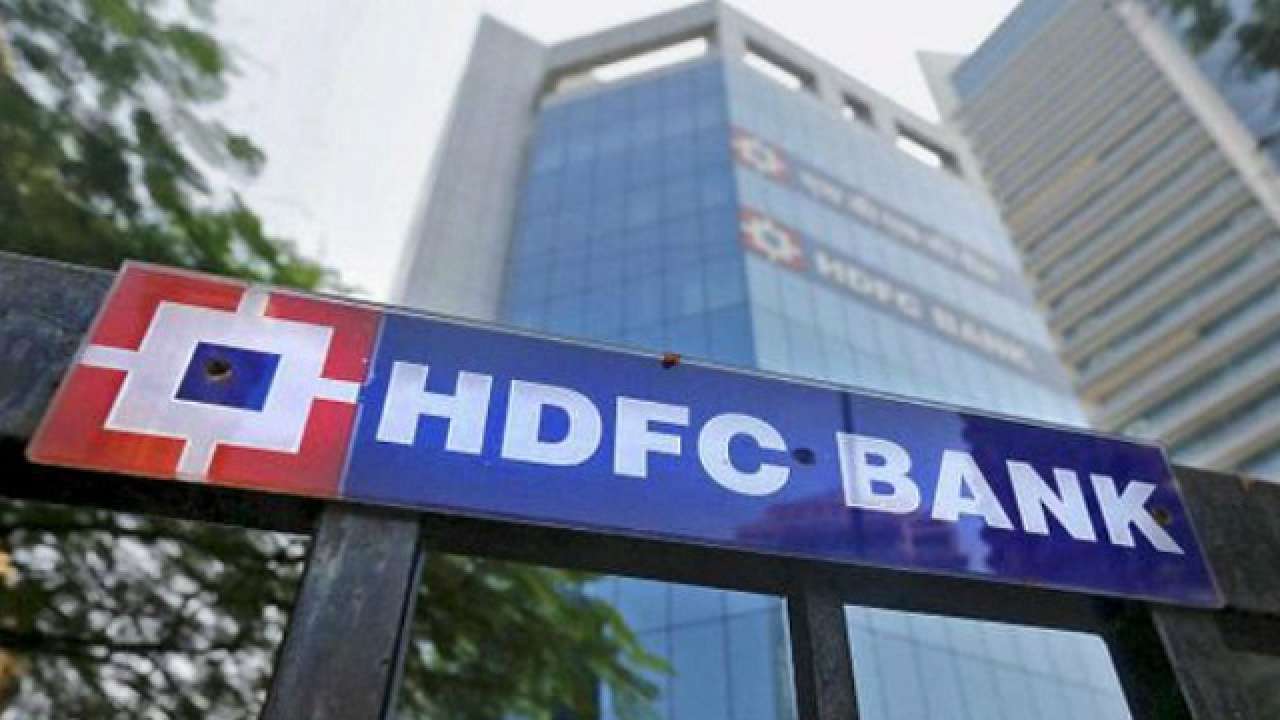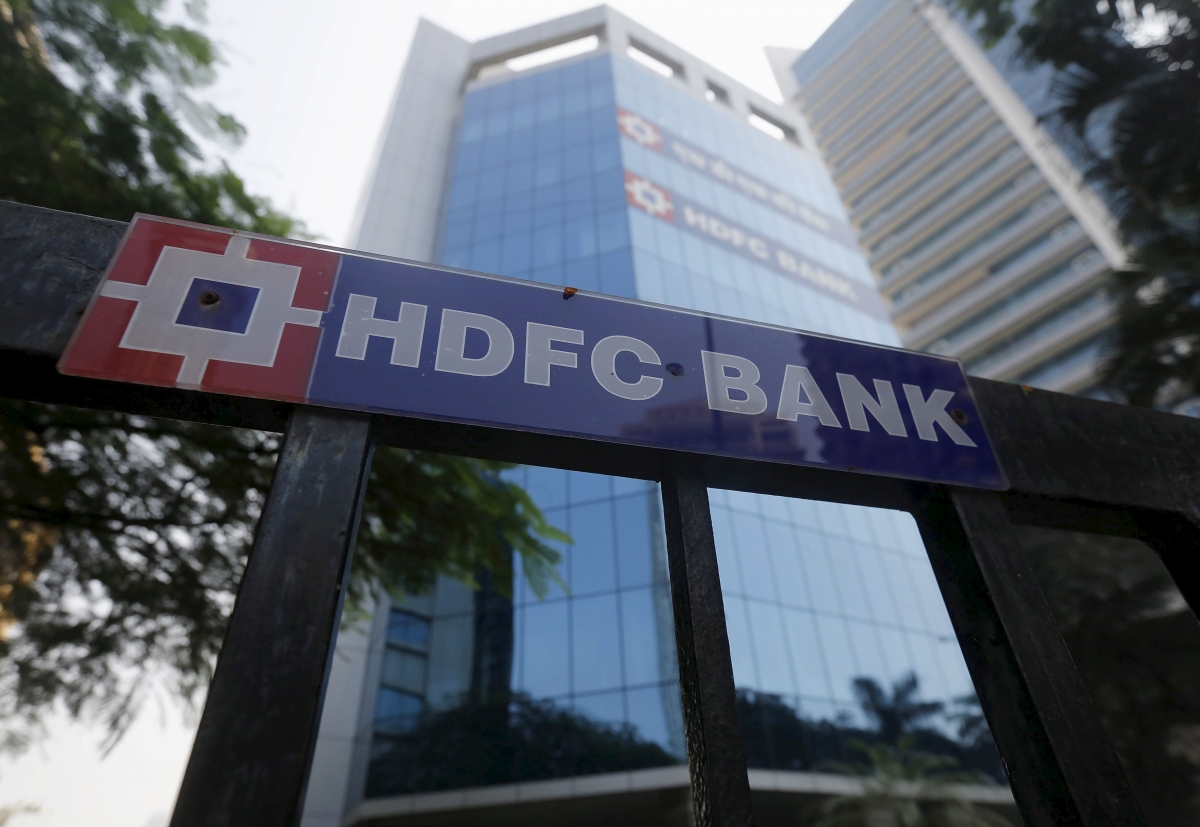Rise in In-person Banking: 3,884 New Bank Branches to Open, Reflecting Growing Preference

Rise in In-person Banking: 3,884 New Bank Branches to Open, Reflecting Growing Preference
As per the government’s notification, there has been a significant 100 percent increase in digital transactions in India. This highlights the growing adoption and usage of digital services for financial transactions. However, it’s important to note that the increase in digital transactions has not led to a reduction in the workforce of banks through physical branches. On the contrary, banks in India are continuing to expand their branch network by opening new branches.
The expansion of branches by banks can be attributed to several factors. While digital transactions are on the rise, there is still a significant portion of the population that prefers traditional banking services and conducts transactions through physical branches. Additionally, the expansion of branch networks allows banks to reach customers in remote areas or areas where digital infrastructure might be limited. Moreover, physical branches provide various services beyond transactions, such as customer support, advisory services, and account-related assistance.

Overall, while digital transactions are growing rapidly in India, the banking sector recognizes the importance of maintaining a strong physical presence to cater to the diverse needs and preferences of customers.
According to data from the banking platform Bank Bazaar, there has been an increase in the number of bank branches in India during the financial year 2022-23. The number of bank branches has risen from 1,54,758 in the previous financial year to 1,58,642 in 2022-23. This includes branches of government banks, private banks, and scheduled commercial banks, excluding rural banks.
The increase in the number of bank branches suggests that banks are expanding their physical presence across the country. Despite the growth in digital transactions, banks recognize the importance of maintaining a wide network of branches to cater to customers’ needs, provide various services, and reach customers in different regions, including areas with limited digital infrastructure.
This expansion in the number of bank branches reflects the ongoing commitment of banks to offer convenient access to banking services and ensure that customers have the option to conduct transactions and avail assistance through physical branches.
Why People Prefer to Visit the Bank Branch for Home Loans?
Many private banks are indeed expanding their presence in small cities and rural areas to cater to the banking needs of these underserved regions. This expansion allows them to reach a wider customer base and provide banking services to individuals who may have limited access to digital platforms.
When it comes to significant financial transactions like home loans or large borrowings, some individuals prefer to visit bank branches personally. This preference may stem from the need for face-to-face interactions, clarification of terms and conditions, or obtaining personalized assistance from bank representatives.

On the other hand, senior citizens may opt for online transactions for their day-to-day banking operations. Online banking provides convenience, accessibility, and the ability to manage transactions from the comfort of their homes. However, the availability of bank branches remains essential for certain services or situations that require personal attention and assistance.
Bank branches continue to be valuable for the general public as they offer a range of services and convenience. These branches provide services like cash deposits and withdrawals, account opening and closure, document notarization, and resolving banking queries. Bank branches also serve as physical touchpoints for customers to seek assistance, guidance, and support in their banking activities.
In summary, while digital banking channels have gained popularity, the existence of bank branches is still important to cater to various customer preferences, offer personalized assistance, and ensure convenient access to banking services for all individuals, including those in remote areas and senior citizens.
Continuously Opening New Branches by Private Banks
HDFC Bank’s announcement to open 1200-1300 branches every year in tier 2, 3, and 4 cities reflects the growing focus on expanding banking services to these regions. This initiative aims to enhance financial inclusion and ensure that individuals in smaller cities and towns have access to banking facilities and services.

Similarly, Bandhan Bank’s expansion of branches and the efforts of other banks to expand their branch networks in tier 2-4 cities demonstrate the recognition of the untapped potential and the increasing demand for banking services in these areas.
Expanding branch networks in these cities allows banks to establish a physical presence and provide a range of banking services, including account opening, loan facilities, and financial advice. It also helps build trust and confidence among customers who may prefer face-to-face interactions and personalized services.
By increasing the number of branches in tier 2, 3, and 4 cities, banks can support economic growth, promote financial literacy, and contribute to the overall development of these regions. This expansion not only benefits customers by providing easier access to banking services but also boosts local economies by facilitating financial transactions, encouraging savings, and enabling individuals and businesses to avail of credit facilities.

Despite the rapid growth of digital transactions, the number of bank branches in India has been steadily increasing. In the financial year 2022-23, a total of 3,884 new branches were opened across the country. Private banks, in particular, are focusing on expanding their presence in smaller cities and rural areas, recognizing the untapped potential in these regions.





